Technological Innovations
Technological advancements play a crucial role in shaping the Arc Welding Torch Market. Innovations such as automated welding systems and advanced materials are enhancing the efficiency and effectiveness of welding processes. For instance, the integration of robotics in welding applications is expected to increase productivity by up to 30 percent. Additionally, the development of lightweight and ergonomic torch designs is improving user experience and reducing fatigue during prolonged use. As these technologies continue to evolve, they are likely to attract new users and applications, thereby expanding the market. The Arc Welding Torch Market must adapt to these changes to remain competitive and meet the demands of modern manufacturing and construction.
Growing Automotive Industry
The automotive sector is a significant driver for the Arc Welding Torch Market, as it relies heavily on welding for vehicle assembly and manufacturing. In 2025, the automotive industry is anticipated to witness a growth rate of approximately 4 percent, leading to increased demand for efficient welding solutions. Arc welding torches are essential for various processes, including body assembly and frame construction. The shift towards electric vehicles is also influencing the market, as manufacturers require specialized welding techniques for lightweight materials. This trend suggests that the Arc Welding Torch Market must evolve to accommodate new materials and technologies, ensuring that it meets the specific needs of the automotive sector.
Increased Focus on Safety Standards
Safety regulations are becoming increasingly stringent across industries, which is positively impacting the Arc Welding Torch Market. As companies prioritize worker safety, the demand for high-quality, reliable welding equipment is on the rise. Compliance with safety standards not only protects workers but also enhances operational efficiency. In 2025, it is expected that investments in safety-compliant welding equipment will increase by 15 percent. This trend indicates that manufacturers in the Arc Welding Torch Market must focus on producing equipment that meets or exceeds these safety standards, thereby ensuring a competitive edge in the market. Enhanced safety features, such as automatic shut-off and improved insulation, are likely to become standard in new product lines.
Rising Demand in Construction Sector
The Arc Welding Torch Market is experiencing a notable surge in demand, particularly driven by the construction sector. As infrastructure projects expand, the need for robust welding solutions becomes paramount. In 2025, the construction industry is projected to grow at a rate of 5.5 percent annually, which directly correlates with increased usage of arc welding torches. These tools are essential for joining metal components in various applications, including structural steelwork and fabrication. The growing trend towards urbanization further amplifies this demand, as cities require more resilient and durable structures. Consequently, manufacturers in the Arc Welding Torch Market are likely to innovate and enhance their product offerings to meet the evolving needs of this sector.
Expansion of Renewable Energy Projects
The shift towards renewable energy sources is significantly influencing the Arc Welding Torch Market. As countries invest in solar, wind, and other renewable energy projects, the demand for welding solutions in these sectors is expected to rise. In 2025, the renewable energy sector is projected to grow at a rate of 8 percent, creating new opportunities for arc welding applications in the construction of energy infrastructure. Welding is critical in assembling components such as solar panels and wind turbine structures. This trend suggests that the Arc Welding Torch Market must adapt to the unique requirements of renewable energy projects, potentially leading to the development of specialized welding torches designed for these applications.


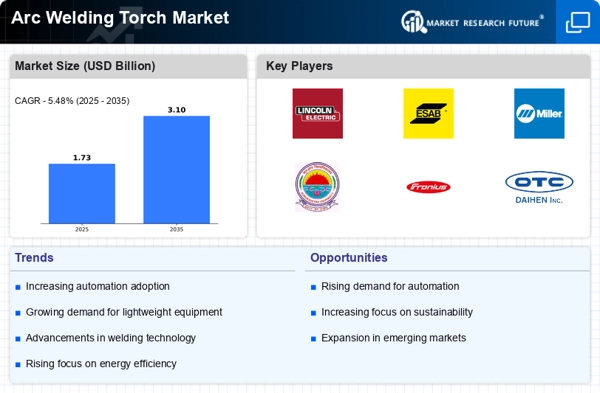
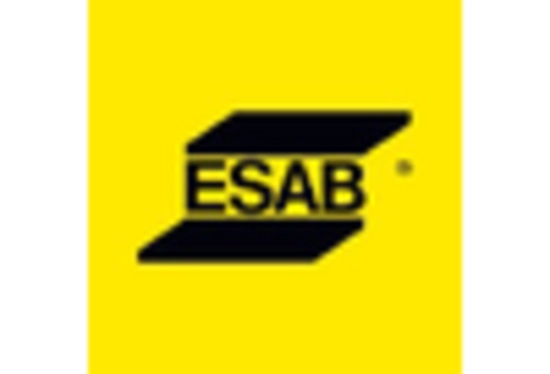
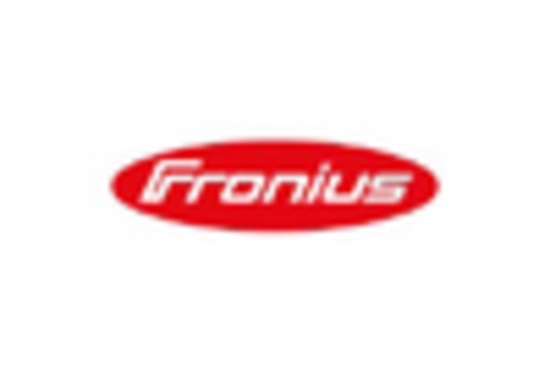
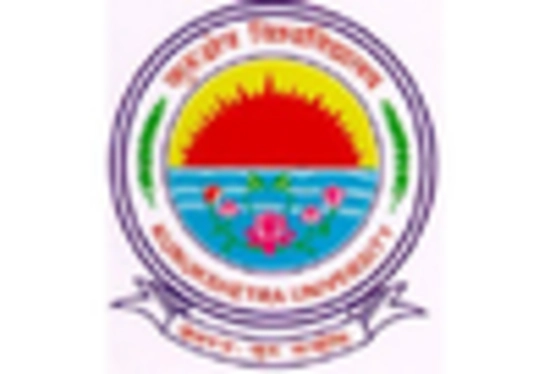
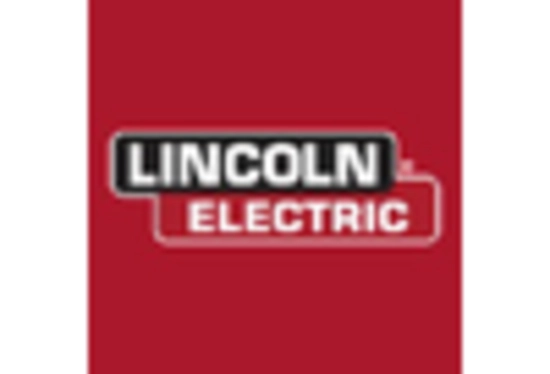
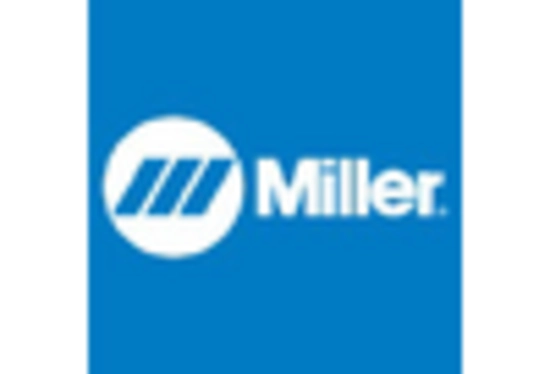









Leave a Comment